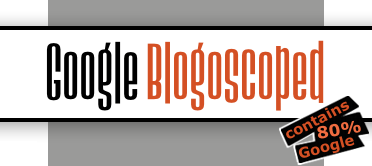And also Spiffy corners (Anti-aliased rounded corners using pure CSS.)
http://www.spiffycorners.com/ |
Philipp: Nice and easy technique, although it would give problems to use it e.g. on companies website because of the differences in browser behaviour. I do think code should be browser independant as much as possible.
Ionut: Although (much) more complex, the techniques described in your links should be preffered I think. Sorry Philipp :-(. |
I think the rounded corners created by that CSS look awful in FF anyway because they're not anti-aliased. I'd prefer a box with square corners any day of the week!
By the time all browsers support rounded corners using CSS, I think they'll be out of fashion... |
It's not about looking the same pixel by pixel across browsers, customers don't care about that.
As long as it degrades nicely and still looks readable, it's fine. |
... do you know if it will become more widely supported? |
They're not rounded when watching the post from the Google Reader Module for Google IG |
They're also not rounded when viewing the post from Google Reader at reader.google.com. |
I suppose Google Reader kicks out any inline stylesheets? |
Remember that rounded corners are sooooo Web 2.0!
So sooner or later you will to relaunch to match the latest developments (Web X.0) or you just stick to the less fancy standard corners, that are easier to implement anyways.
|
In the year 2017, Web 2.0 designs will be considered retro-modern and everyone will be using them again :) |
This is kinda cool, but looks too complex for comfort. |
You can also use "border-radius" with exactly the same value to include Safari users. |
There are some nice browser-independent techniques at http://www.webreference.com/programming/css_borders/index.html
|
For those who haven't noticed it in Digg:
Rendr: http://gregtaff.com/rendar2.html
" Rendr is a live CSS and HTML rendering tool. It displays what the page would look like as you type, making it great for rapid testing of page designs. " |
